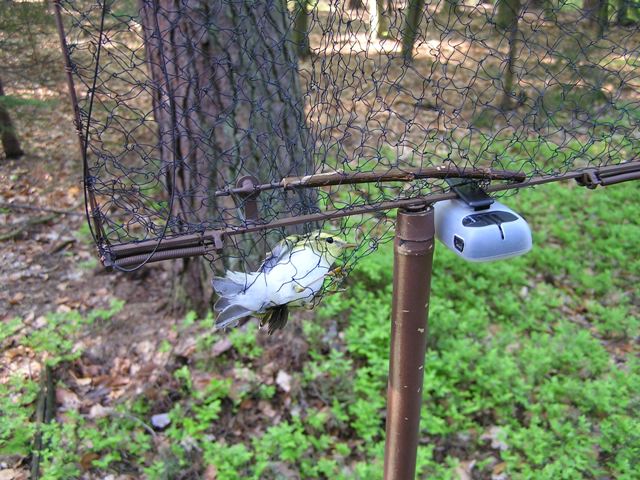


Find more prominent pieces of genre painting at best visual art database. Do you know who were Hitler's most hated artists? You will be surprised! Handmade recreation of Winter Landscape with Bird Trap by Pieter Brueghel the Younger starts from 189.31. ‘Winterlandscape with a Bird-Trap’ was created in 1631 by Pieter Brueghel the Younger in Northern Renaissance style. After 1945, he quietly reinstated the seven works. By then, however, they were already in a safe hiding place-Wilhelm Werner, the caretaker of the Hamburger Kunsthalle, had secretly taken them to his own apartment in the summer of the same year. Held at the Royal Museums of Fine Arts of Belgium, this. Her works, deemed “bastardly,” were to be removed from the collection rooms of the Hamburger Kunsthalle in 1937. The Winter Landscape with Skaters and Bird Trap, is contemporary to the Cycle of the Seasons, carried out in the same year of 1565. After her death, her work continued to be defamed by the Nazis. Google Arts & Culture features content from over 2000 leading museums and archives who have partnered with the Google Cultural Institute to bring the worlds treasures online. Rée took her own life in 1933 when the anti-Semitic government declared her work degenerate. Winter Landscape with Bird-trap is the perfect illustration of the kind of painting that Bruegel the Elder promoted in depicting peasant life. Winter Landscape with Bird Trap Pieter Brueghel the Younger 1631. In her hauntingly intense paintings, Rée depicts both people of different origins and the self as a foreign being. At first sight, the Winter Landscape, of which 127 surviving copies are known, appears to be a small rustic winter scene.

Her works reflect the sometimes radical changes in modern society at the beginning of the 20th century. She was an independent woman in an art world on the verge between tradition and Modernism, a regional artist with international aspirations, a native from Hamburg brought up as a Protestant, with South American and Jewish roots (her mother was Venezuelan). She is one of the most fascinating and enigmatic artists of the 1920s, but at the same time she is relatively unknown in the art history world. Anita Clara Rée was a German avant-garde painter during the Weimar Republic.


 0 kommentar(er)
0 kommentar(er)
